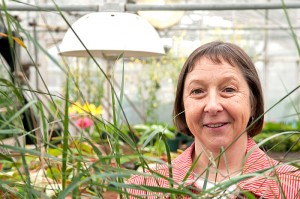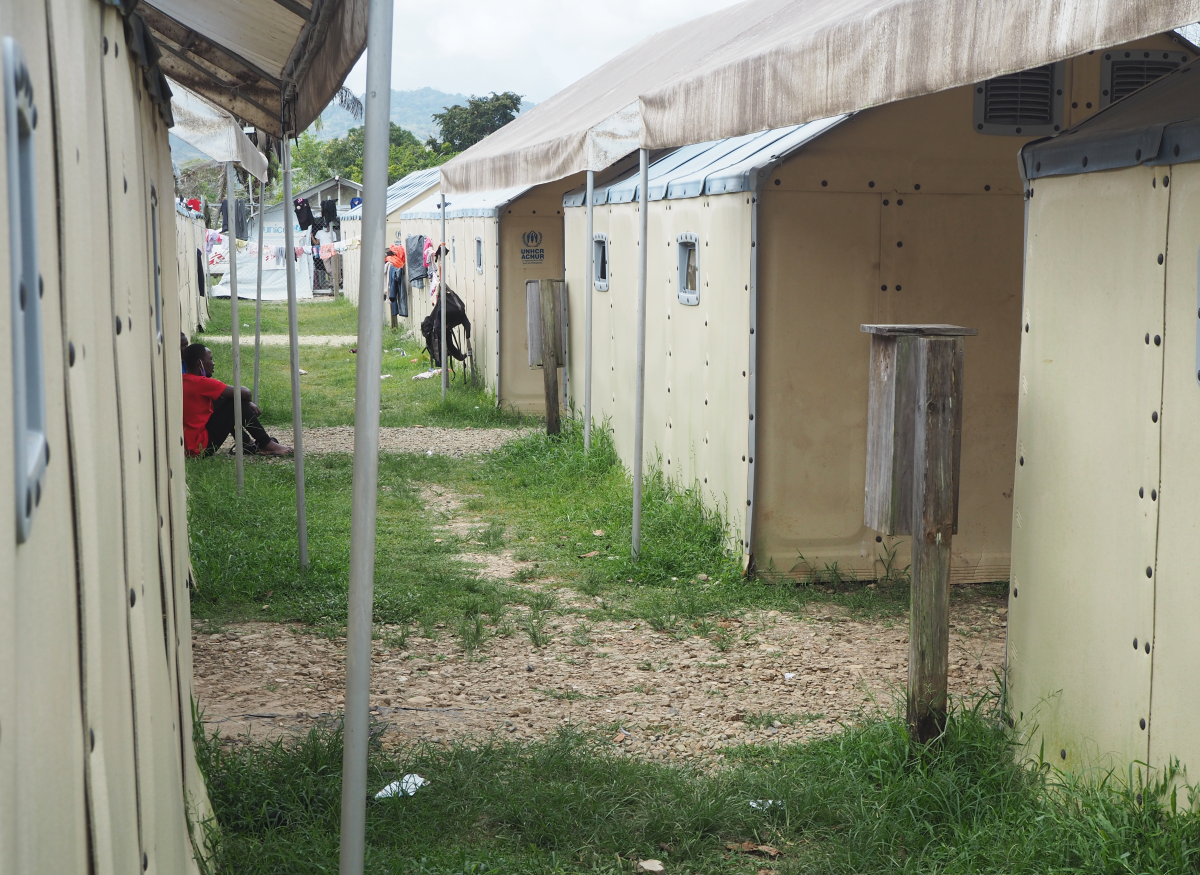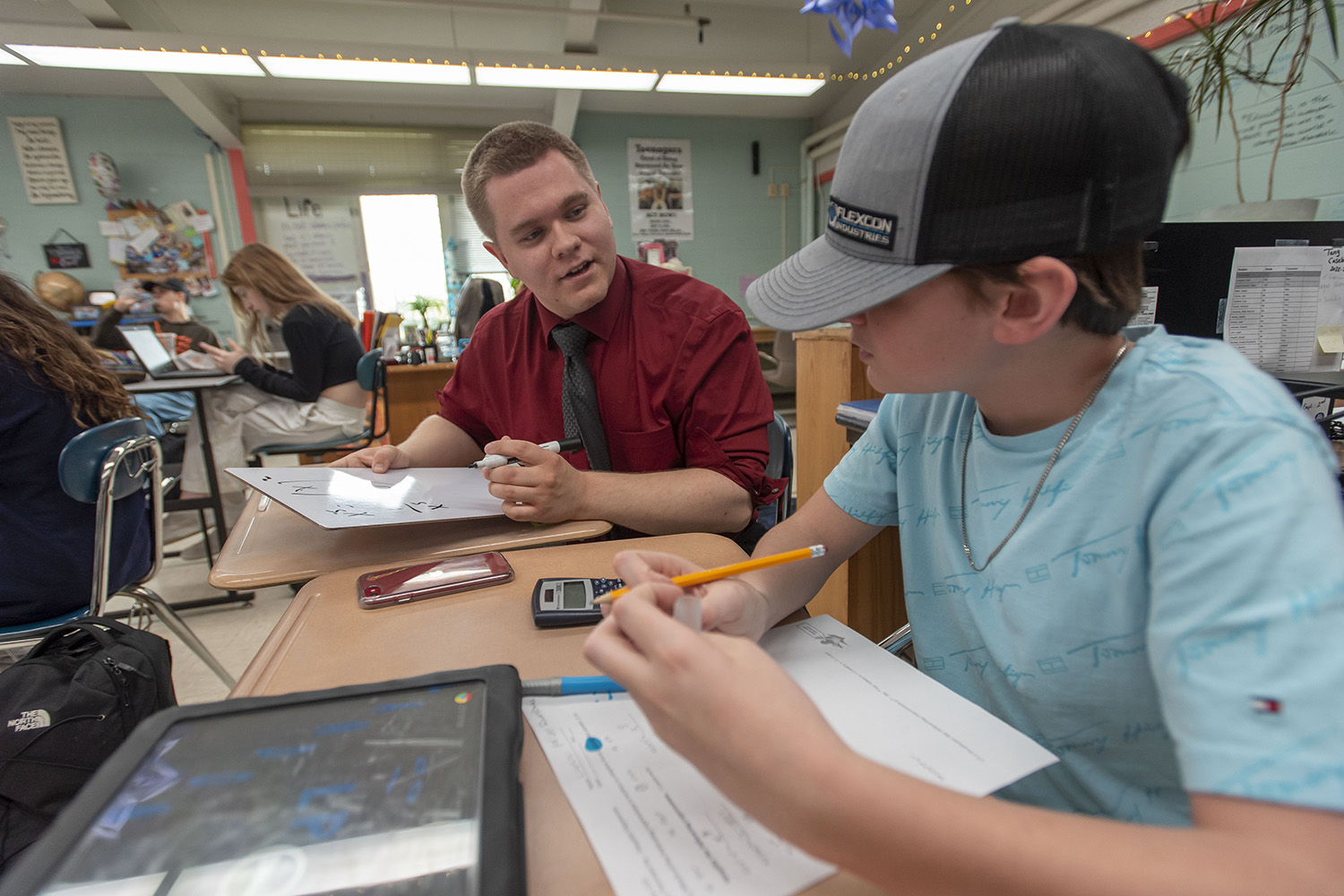
In the past decade, genetically engineered crops have become as common as they are controversial.
According to statistics from 2008, more than 80 percent of cotton, 86 percent of corn, and 92 percent of soybeans grown in the United States have been modified through biotechnology. But although these alterations allow farmers to grow crops that are resistant to insects and herbicides, genetic engineering raises questions about the risks of genetically engineered (GE) plants.
Carol Auer of UConn’s Department of Plant Science and Landscape Architecture has seen the issue from two very different sides: that of a scientist and that of a policymaker. During her varied career, she has learned to take scientific data to the people who need it most: those in government.
“It’s important to bring cutting-edge research and science to policymakers,” she says. “Science often moves quickly, and it can be hard for policymakers to keep up.”
In 2002, Auer found her calling when she received a Risk Policy Fellowship from the American Association for the Advancement of Science. The fellowship took her from her UConn plant genetics laboratory to Washington, D.C., where she worked for a year with policymakers and analysts in the U.S. Department of Agriculture’s (USDA) Office of Risk Assessment and Cost-Benefit Analysis. There she learned about the application and review process for approving new genetically engineered crops, which involves review by the USDA, the Food and Drug Administration, and at times the Environmental Protection Agency (EPA).
“It gave me an insider’s view and an appreciation for the difficulties regulators face in assessing science,” she says. “It’s a controversial area, and when it comes down to it, you can’t please everybody.”
After her fellowship, Auer returned to UConn and changed her research program to focus on the science behind ecological risk assessment. Risk assessment involves assessing the amount of risk – in this case, to the environment – that is possible when using a potentially hazardous process.
In a recent paper in Trends in Biotechnology, Auer and her colleague Robert Frederick at the EPA summarize the major risks of a recently discovered method of crop modification called RNA interference, or RNAi. The RNAi process involves synthesis of very short RNA molecules in plant cells that stop other genes from being expressed as proteins. For example, the pioneering FlavrSavr tomatoes had a gene “silenced” that usually produced a protein involved in ripening. Silencing this gene caused the tomatoes to ripen more slowly, making them easier to transport.
Now researchers are taking the technology a step further. In a method called host-delivered RNAi, plants produce RNAs that will silence essential genes in particular insects, parasites, or pathogens when they ingest the plant’s tissue. In essence, says Auer, this form of RNAi acts like a pesticide.
“In one example, bollworms have evolved a chemical resistance to a cotton plant toxin,” she says. “Scientists can make the plant produce a short interfering RNA that, when eaten by the insect, removes this resistance. The insect then becomes susceptible to the cotton plant’s toxins.”
Auer thinks one of the most important considerations when approving GE crops is careful tracking of genes and their products in the environment – in this case, the inserted genes and the interfering RNA that they produce.
Risk assessment explores environmental questions, such as whether the novel genes are carried in pollen to neighboring farms, what happens to the novel substances when the plant dies, and whether they affect other animals, like earthworms and beetles, that might eat the plant after it dies.
Auer’s own work now focuses on future transgenic crops and their potential risks after adoption by farmers. One of her research projects involves GE switchgrass, a potential biofuel crop that could someday produce ethanol. Since the grass’s pollen can be carried long distances by the wind, Auer wants to know the likelihood that GE switchgrass will enter wild switchgrass populations.
But, she cautions, her work can only go so far. The goal of her research is to provide the government with sound science to inform its decisions, and the goal of her policy work is to help create a better dialogue between scientists and policymakers. After that, she says, it’s up to federal agencies to make the tough decisions about the commercialization of new GE crops.
“Research doesn’t define acceptable risks and benefits,” Auer says. “Science can provide information about the risk, but it can’t decide what the acceptable level of risk is.”


